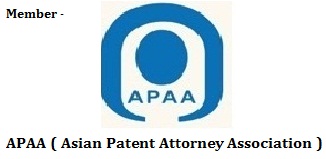In addition to registered brands, now un-registered food brands also to attract 5% GST
A group of ministers (GoM) evaluating GST rates has decided to abolish the exception for packaged food goods sold under unregistered brands. These goods will be taxed at the branded food rate of 5%. The move follows the abuse of the unbranded food exemption by a segment of the food processing sector, notably rice and wheat millers. According to a source, the decision was made by the GoM, which convened on Friday and was led by Karnataka Chief Minister Basavaraj Bommai.
Its term might be extended until November or December. The GoM’s ruling follows a Tripura High Court verdict against Sarvasiddhi Agrotech on April 20, 2021, in which the court affirmed the company’s tax claim for selling packed rice labeled Aahar standard, Aahar Gold, and Aahar premium. According to the corporation, they were not brand names, but rather a “internal arrangement” to signify the quality variety. The revenue department said that these indications are just brand names because the supplier has not waived the actionable claim/enforceable right. The GST Department has proposed a 5% tax on the products.
While the GST Council is inclined to consider enforcing a ministerial panel’s recommendations on data analytics to tighten compliance and scrutiny of GST returns to augment revenues by plugging leakages, a much-anticipated restructuring of the GST slabs to raise the revenue-neutral rate (RNR) from a little more than 11 percent now to 15.5 percent could begin in a small way this year in areas not prone to inflation. According to sources, the government may explore boosting the GST on online gaming from 18 percent to 28 percent in order to bring the skill-game tax rate in line with chance games including gambling and betting.
Disclaimer: The views and opinions expressed in this article are those of the authors and do not necessarily reflect the official policy or position of any agency of the Indian government. Examples of analysis performed within this article are only examples. They should not be utilized in real-world analytic products as they are based only on very limited and dated open source information. Assumptions made within the analysis are not reflective of the position of any Indian government State.


